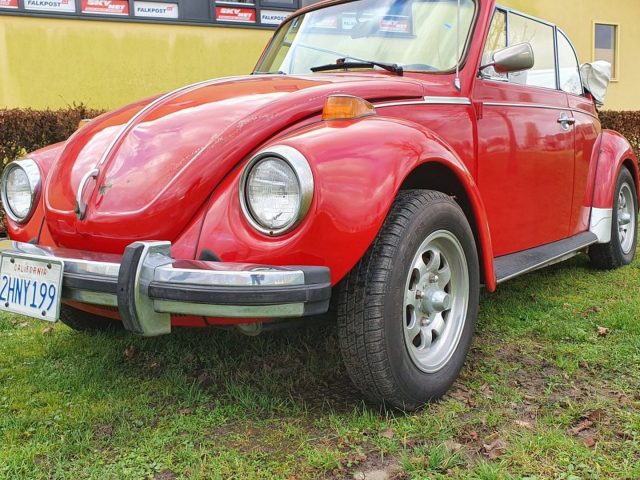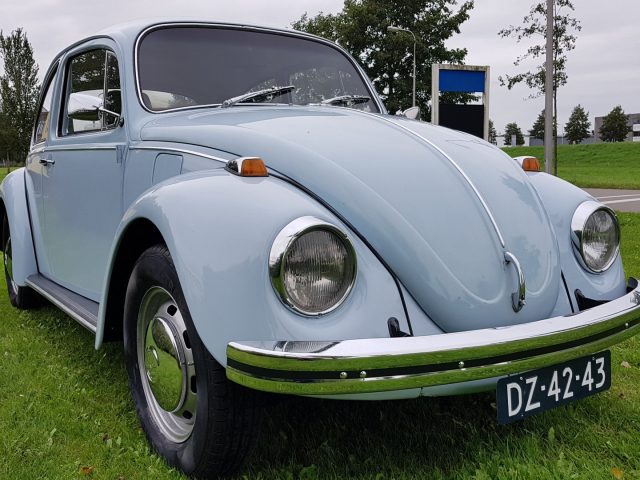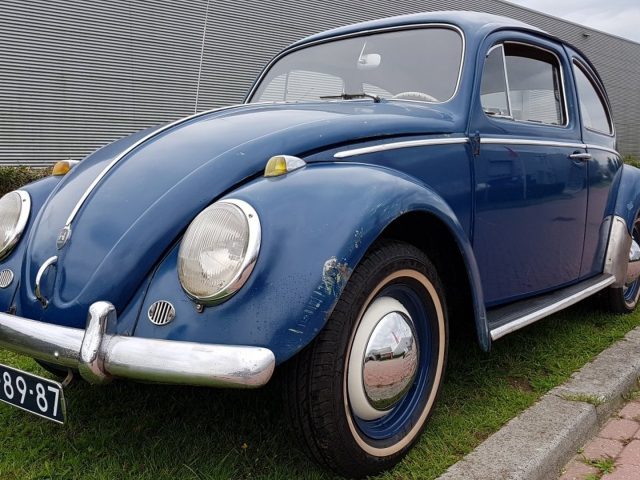Volkswagen Beetle
Volkswagen Beetle
The Volkswagen Beetle, affectionately known as the “Beetle” in English-speaking countries and “Käfer” in German-speaking areas, is an icon in automotive history that permeated the 1960s and 1970s with its unique and timeless appearance.
The history of the Beetle dates back to the 1930s when Ferdinand Porsche was tasked with designing an affordable and efficient car for the German population. The result was the Beetle, which was first produced in the late 1930s and in the early 1940s. During World War II, production shifted to military vehicles, but after the war, the Beetle returned as a symbol of reconstruction and economic growth in Germany.
Unique Car Design
In the 1960s and 1970s, the Volkswagen Beetle became a global sensation. Its distinctive design, characterized by round shapes and round headlights, became a cultural icon that embraced the Flower Power movement and the counterculture of that era. It was the car of choice for many seeking freedom and adventure.
Reliable Car
What endeared the Beetle to so many was its reliability and simple engineering. The air-cooled engine, located in the rear of the car, was robust and easy to maintain. The Beetle also offered surprising interior space, with ample headroom, making it a practical choice for families.
Over the years, the Beetle underwent some changes, including improved engines and interiors, but it always retained its distinctive shape. In 1972, the last original Beetle was produced in Germany, but production continued in other countries, such as Mexico, until the early 2000s.
Classic Car
Today, the Volkswagen Beetle is still cherished by collectors and enthusiasts worldwide. Its timeless design and historical significance make it a valuable classic car that reminds us of the simple and optimistic times of the 1960s and 1970s. Whether it’s for its charming appearance, dependable performance, or cultural significance, the Beetle will forever hold a special place in automotive history.


